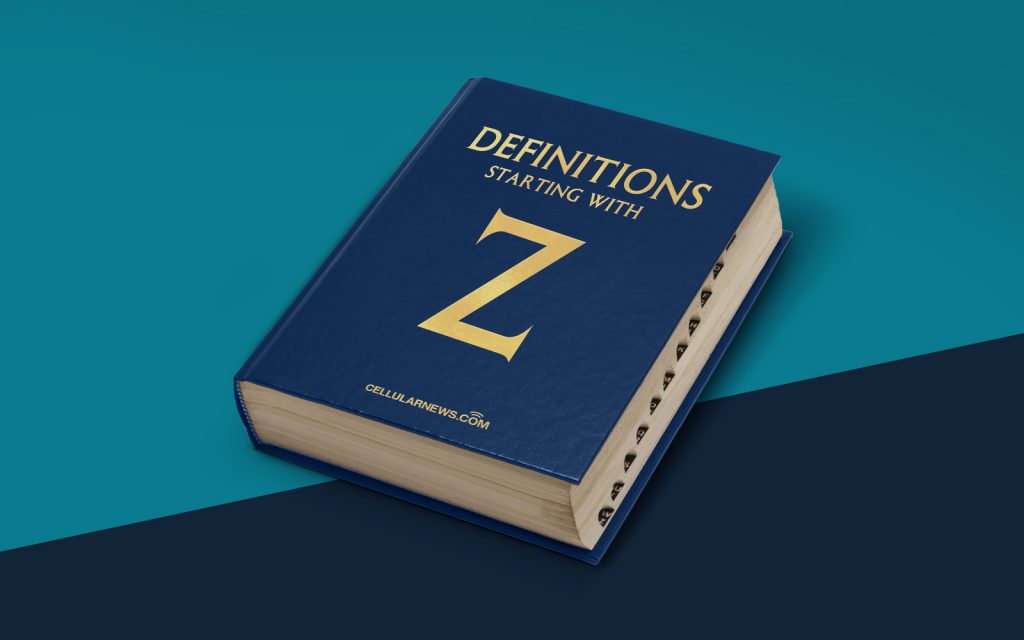
What is a Zero Insertion Force Socket (ZIF Socket)?
Welcome to the Definitions section of our website, where we aim to provide clear explanations of commonly used terms in the tech industry. In this post, we will be diving into the world of Zero Insertion Force Sockets, also known as ZIF Sockets. Whether you are a tech enthusiast or a professional looking to expand your knowledge, this article will serve as a valuable resource to help you understand the significance of ZIF Sockets in the world of electronics.
Key Takeaways:
- ZIF Sockets are specialized connectors used in electronic devices to allow easy and safe insertion and removal of integrated circuits (ICs).
- These sockets are designed to minimize the risk of damaging the ICs during the installation process and provide a secure connection between the IC and the circuit board.
Now, let’s jump into the details. A Zero Insertion Force Socket, true to its name, allows users to insert and remove integrated circuits without applying any force or pressure. This characteristic is of great importance as it reduces the risk of damaging the fragile ICs, which are highly sensitive to mishandling.
So, how does a ZIF Socket achieve this? The key feature of a ZIF Socket is the presence of a mechanism that controls the clamping force when inserting or removing the IC. This mechanism typically consists of a lever or slider, which when operated, releases the clamps that hold the IC in place. Once the IC is properly aligned, the user can close the mechanism, securely holding the IC in position.
The advantages of using a ZIF Socket go beyond the prevention of physical damage. These sockets also provide a reliable electrical connection between the IC and the circuit board. The clamps exert enough pressure to ensure proper contact points, resulting in stable and uninterrupted electrical signals. This feature is crucial in applications that require regular IC replacements, such as development boards or test equipment.
In addition to their functional benefits, ZIF Sockets also contribute to the overall ease of use for technicians. Installing or replacing an IC becomes a hassle-free task, saving valuable time and minimizing the risk of errors. This is particularly important in scenarios where multiple ICs need to be tested or programmed, as ZIF Sockets offer a convenient solution for swapping them swiftly.
To summarize, a Zero Insertion Force Socket (ZIF Socket) is a specialized connector that enables the safe and easy insertion and removal of integrated circuits. By eliminating the need for force when handling ICs, ZIF Sockets provide protection against physical damage and ensure a secure electrical connection. These sockets are widely used in various electronic devices and are especially beneficial for applications that involve frequent IC replacements.
Key Takeaways:
- ZIF Sockets allow easy and safe installation and removal of integrated circuits without applying force or pressure.
- They provide protection against physical damage, ensure a secure electrical connection, and offer convenience for technicians dealing with multiple ICs.
We hope that this article has shed light on the concept of Zero Insertion Force Sockets and their significance in the world of electronics. Stay tuned for more informative posts in our Definitions category, where we continue to explore the terminology that shapes our tech-driven world.
